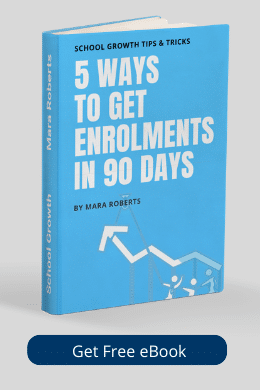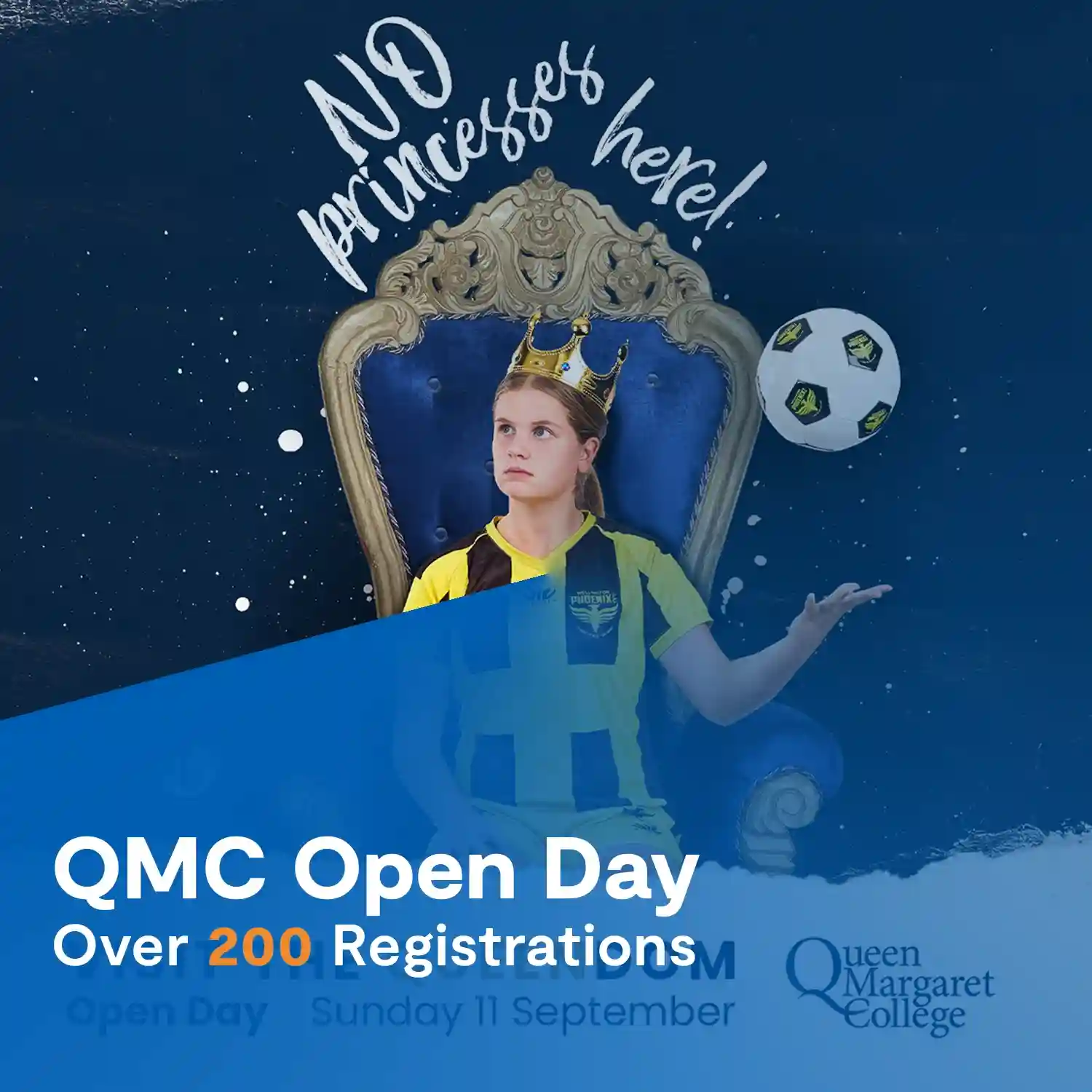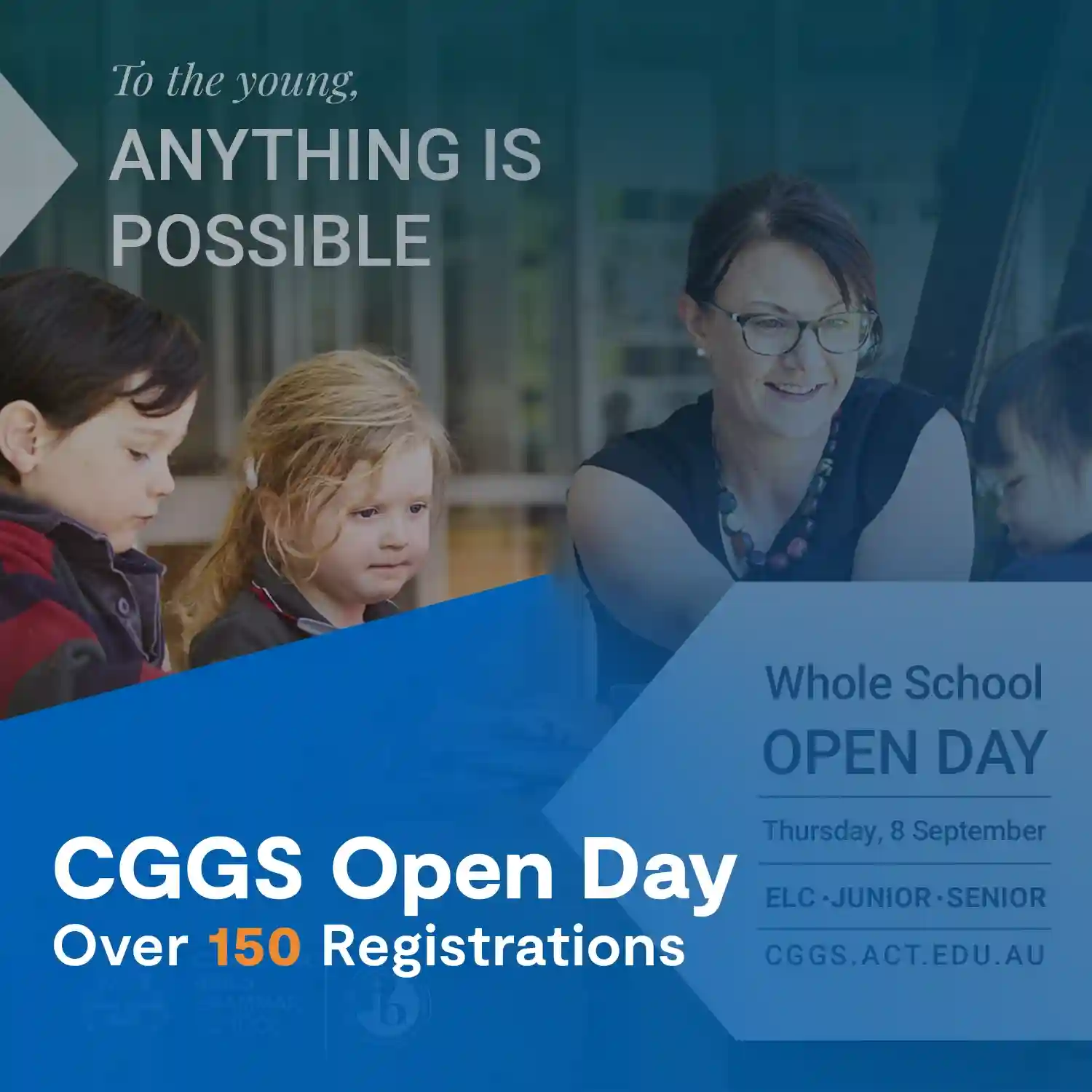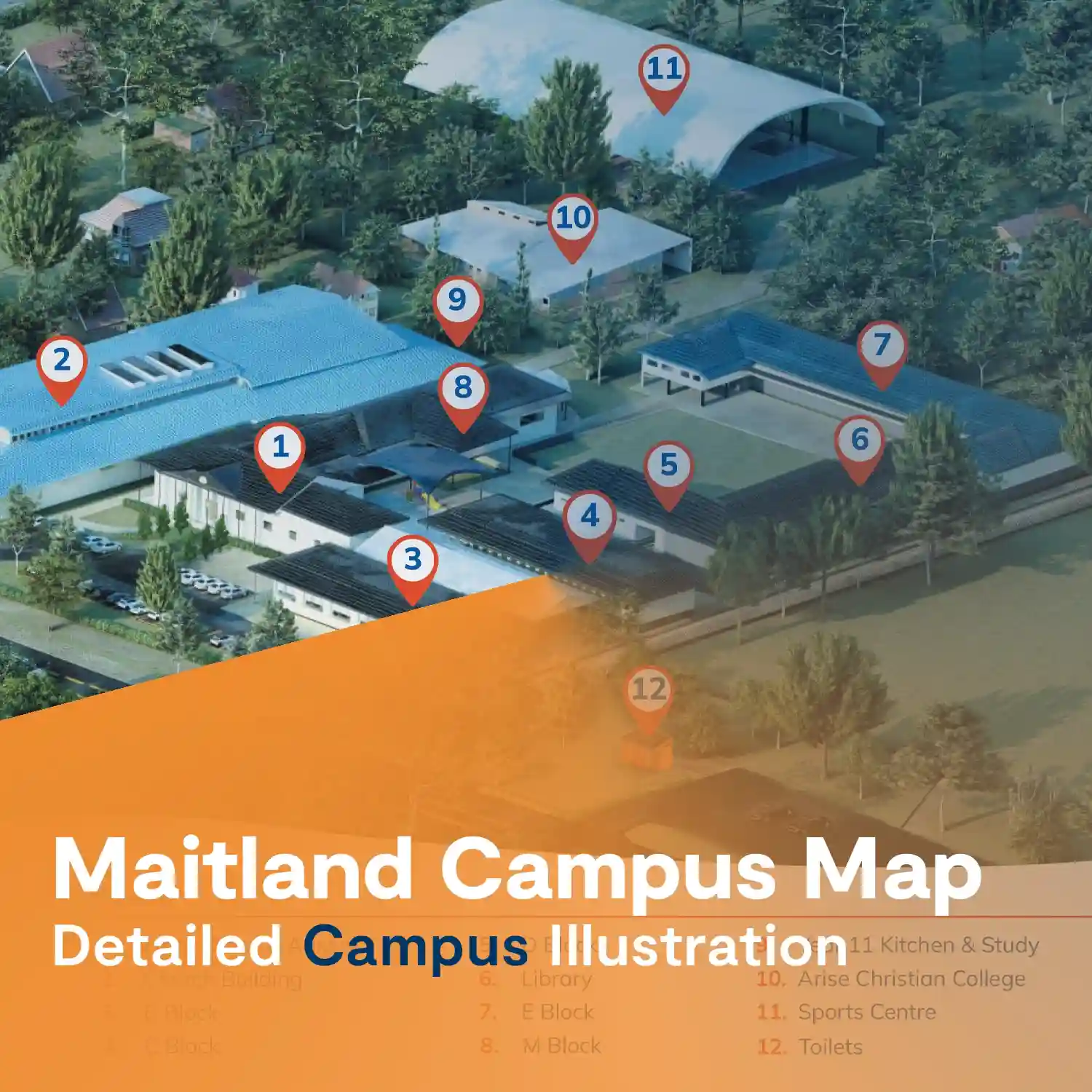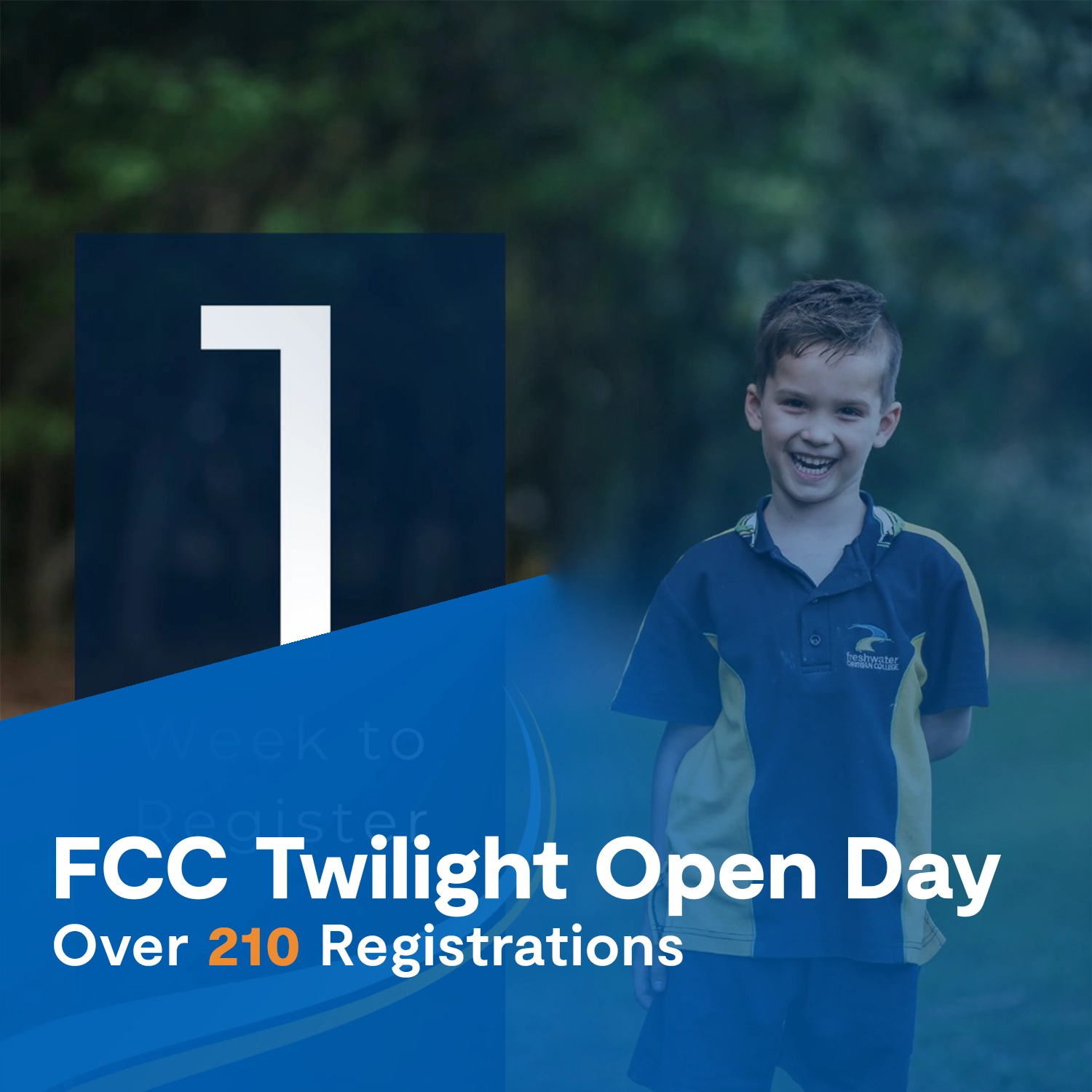Have you ever written your independent school marketing plan only to dust it off halfway through the year and realise you are nowhere near on track? Or maybe, that your plans were a little out of touch or unrealistic? We’ve all been there. And in today’s article, I want to take you through a framework of thinking so that your Independent school marketing plan is actually applied through the year.
I’ve highlighted five key areas that your marketing plan should clarify for you before you take it to your team or leadership and start to implement. Now is the perfect time to grasp an understanding of the bigger picture before the rush into ticking tasks off the list.
1. Research
We may be getting bored of doing market research by now and feel tempted to tick the ‘been there, done that’ box, but I have found that the type of research is what really makes a difference to your independent school marketing plan.
The better we can understand our audience, the better we will be able to reach them in the right place with the right message. For schools, understanding our audience starts with understanding our current parents.
Sure, we’ve gone through the data of where parents live and how much they earn (demographic data) but we want to get down to the behavioural level to know what drives them (qualitative data) – why are they choosing a private school in the first place? What are the fears and dreams for their children that are motivating them to choose a private school?
How do we get this deeper understanding of our parents and audience?
I like to start with quantitative data and then fill in the context with deeper motivating and influencing factors only found in deeper research and questioning:
- What industries our parents work in?
- Where do families live and how do their children get to school?
- How much do families earn?
- How big is their household and what is their family structure?
- What are their favourite brands, local businesses, and hangout spots?
This data is easily available online with resources such as the ABS, neighbourhood profiling data and schools specific research.
I then like to fill in the ‘Why’ with context such as:
- What major infrastructure projects are happening around your College and what opportunities and threats do they present?
- If parents aren’t spending their income on private education, what are they spending it on?
- What are parents perception of your competitors and why are they loyal to your school?
- How do they spend their time?
Matching your quantitative data with qualitative context will now give you the ability not only to pick the right suburbs for your next marketing campaign.
2. Your whole school offering
I often talk to tired and frustrated school marketers who have tried everything but they don’t seem to be getting the traction that’s needed to grow their school.
When this happens, we need to take a step back to look at the bigger picture and context of what our school is offering compared to what the market needs.
We need to realise when we are trying to sell ice in Antarctica. No amount of good marketing will be successful if we don’t pick up discrepancies between what parents want and our school offering.
Good marketing leadership is about leading your team through understanding the value of your whole school. Offering and helping them to align that with the external demand of what the market wants.
This is challenging for an industry that is so used to looking inwardly and developing services based on educational research rather than what parents want.
These are the 7 P’s of services marketing:
- Product – Our value offering to parents.
- Price – Our fee structure, concessions and parent capacity to pay.
- Place – Our catchment area and understanding where parents travel from, and which new areas to target.
- People – Our customer service standards.
- Processes – Efficiently carrying out our services and answering enrolment enquiries.
- Physical evidence – The appearance of our facilities, staff and students.
After we are sure we have the right offering, we can move our attention on to promotions.
3. Promotions
Your promotions strategy should reach your audience in multiple ways across multiple platforms.
Diversity of placement is essential if we are going to get the cut-through we are looking for both online and offline. In my opinion, a placement strategy should include elements from all of the below:
- Local marketing – Placements that are going to help you build your local presence and connection. Things like community events, local business connections, online community forums, sports clubs and community engagement activities.
- Digital – successful online promotions adopt a cross-platform approach to achieve their goals across multiple online spaces. Your digital strategy should be layered and include social media promotions for both ongoing enrolments and events such as open events.
- Traditional – When it comes to traditional school marketing, I have a preference for outdoor display, like digital billboards, rather than indoor display or magazine advertising. Each school’s area is unique and you may have some excellent options to explore for your school. But generally, try to find the right balance between reach and the correct audience for your ideal placements.
- Re-engagement – Parents don’t enrol in schools based on a single touchpoint and that is why your promotions campaign needs to be segmented based on where people are at in their discovery journey. Use email and remarketing to it’s fullest potential to reengage audiences as they encounter your school.
- Lead building – Although most of our marketing efforts will go towards driving actions such as tour bookings and applications. Allocate at least 10% of your money towards building leads early on in the process. That means that we are always building our email and SMS database of local families soon-to-be in the market for a school. Strategically marketing to these parents through email, remarketing and display advertising.
4. Budgets
Many school marketers may feel that their budgets are simply handed down to them and that they have to work with what they have. It is important that we are able to assess if the budget we have is able to achieve our branding and growth objectives.
A very rough guideline is that it costs around $1,000 of overall marketing spend to attract one enrolment. Schools with a $100,000 budget should be attracting 100 new enrolments each year directly as a result of their marketing efforts. That’s not including staff salaries and wages or outsourcing costs. As your marketing matures this cost will come down as the demand for your school increases.
The corporate world is used to spending 30%-40% of their revenue to driving new sales, but schools are in the fortunate position where one enrolment can equate to $15K – $40K of revenue per year (up to $500,000 lifetime value) and a much lower investment percentage is needed. Despite this benefit, I still see schools underestimating their marketing budget and their competition. For schools, at least 1% of your revenue should be spent on marketing.
When managing your marketing budget, ask yourself the following:
- Do the amounts allocated to each medium reflect the priorities laid out in your strategy? Are we spending money on our priorities?
- Do the items that cost the most money return the most value for the school? If not, is a change of strategy needed?
- How much of your budget is actually working for you, or is it tied up on fixed costs such as signage and collateral printing? How can you free up more budget to work for you?
5. Measurement and reporting
School marketers should know how you are going to measure your success before you even start implementing your marketing plan. This will ensure that you have all your measurements in place to track your progress as you go.
The first step to creating a measurable independent school marketing plan is ensuring that you not only set overall goals but that each goal has measurable objectives on how you will achieve your goal.
For example, I would write your goals and objectives as follows:
Goal: increase p-12 Enrolments. Success will be achieved through:
- A 12% increase in enrolments in 2024.
- A 10% increase of enrolment enquiries for each year level.
- A conversion rate from tour to application of 80%.
- An increase of waiting list applications for future years of 10%.
This will give you very definite benchmarks to measure success. It also help you to ensure that you have multiple strategies to achieve the same goal. Knowing your numbers is key to successful strategy implementation.
Maximise insights with automated reporting dashboards
An automatically updated reporting dashboard is your best option to keep on top of the numbers and show off your success to leadership. Your reporting dashboard should provide you with key figures including:
- Your overall website visitor numbers including total users, the number of returning visitors and your website bounce rate
- The number of goal completions including conversions such as enquiries, tour bookings and applications.
- The conversion rate of specific landing pages (the number of visitors received versus how many visitors opted to take an action such as submit an enquiry and book a tour)
- Your most popular website content
- Which content that is driving visitors (Landing page views)
- Which keywords are driving traffic (Search terms)
The reporting possibilities are endless! Dashboards can also include data on your organic social media traffic, paid advertising and campaign tracking.
Questions regarding this article? Please email me at mara@robertsdigital.com.au


